| Columns Retired Columns & Blogs |
Man, I hated to see him go. Couldn't you bring him back? Maybe put him on double secret probation and make him grow a beard as punishment?
As in the RCD-955AX, the 1-bit Rotel had a rather typical Philips-chipset frequency response, with a trace more HF ripple than in the multi-bit player (fig.9). The ripple in both machines should be audibly insignificant, however, and the relative frequency responses of the two Rotels do not—at least in spectral terms—explain CG's relative reactions to the two players. The squarewave in fig.10 is a near-clone of that from the multi-bit Rotel, including the obvious presence (from the shape of the "ripple" on the horizontal portions of the waveform) of a linear phase filter. The de-emphasis response is marginally better than that in the 955.
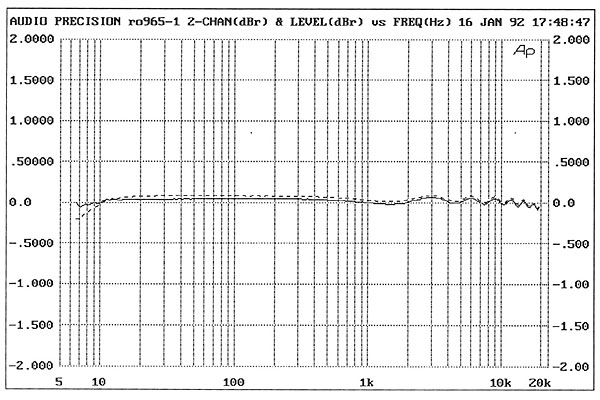
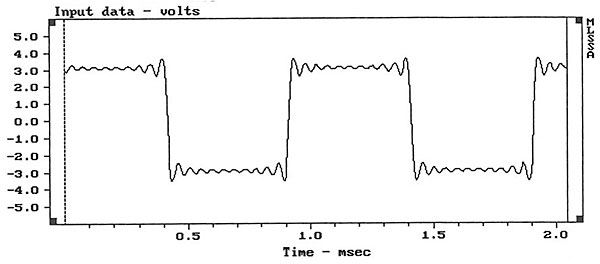
The crosstalk shown in fig.11 (left to right top, right to left bottom) is, again, considerably higher than we have measured from many players. But it's still unlikely to result in any audible degradation or loss of separation.
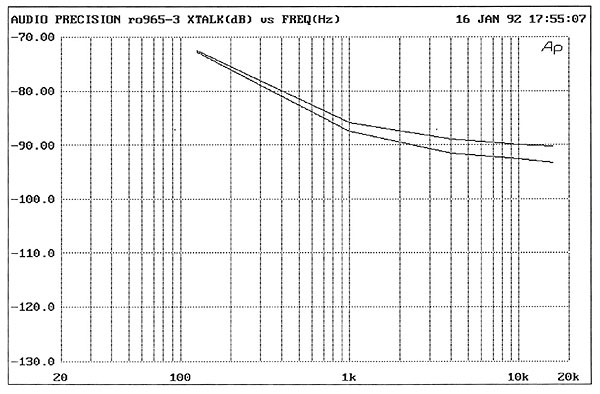
The most notable things about fig.12—the spectrum of the 965 decoding data representing a –90.31dB, 1kHz dithered tone—are the power-supply noise at 120Hz and 240Hz and the artifact between 7kHz and 8kHz. When I listened to the fade-to-noise with dither signal, both the low-frequency noise and the high-frequency whistle were audible, though only when played at levels far higher than needed for any conceivable program material. The actual fade-to-noise signal seemed to be free of artifacts. But the '965AX's relatively higher noise floor made it difficult to precisely determine the quality of the tone at very low levels.

The nonlinearity of the –90.31dB tone shown in fig.12 is less apparent in fig.13, where it remains within 1dB down to –100dB. The right channel is shown; the left was only marginally worse. The noise spectrum to a digital zero signal in fig.14 also duplicates the same noise seen in fig.12. For reasons discussed in the RCD-955AX measurements, this plot appears to tell us more about the noise of the analog stages than that of the digital section.
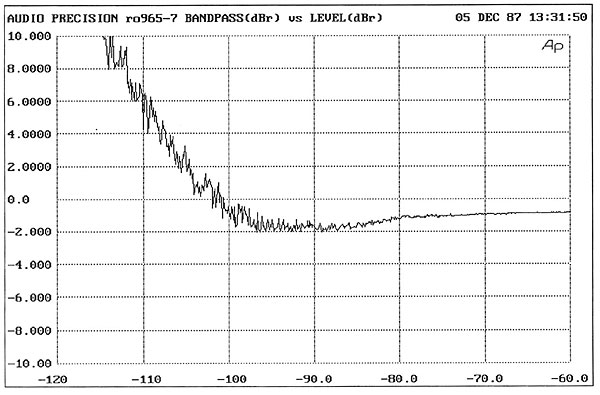
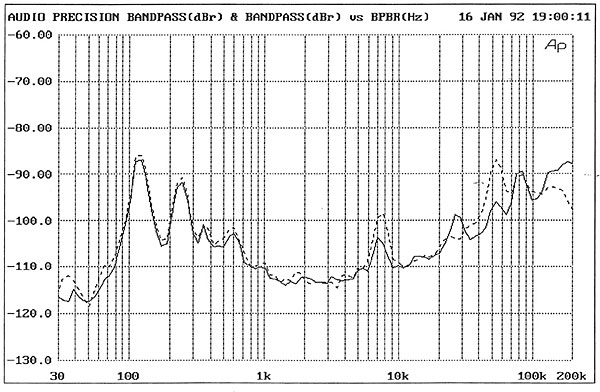
The waveform of a –90.31dB, 1kHz undithered tone (fig.15) is obscured by noise and is kinked by the power-supply noise present. And the same comments made about the 19+20kHz signal in the multi-bit Rotel could also be repeated in discussing fig.16—though the aliasing tone at 24.1kHz is slightly lower in level in the 1-bit player measured here.
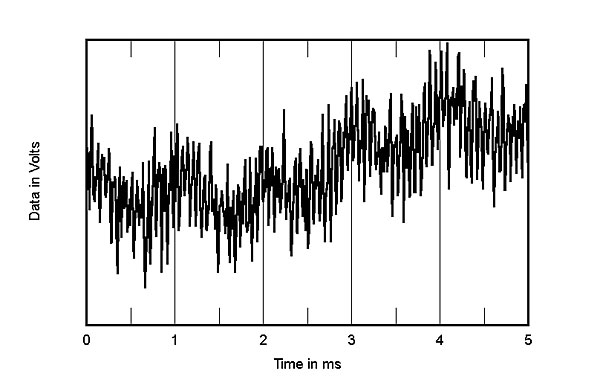
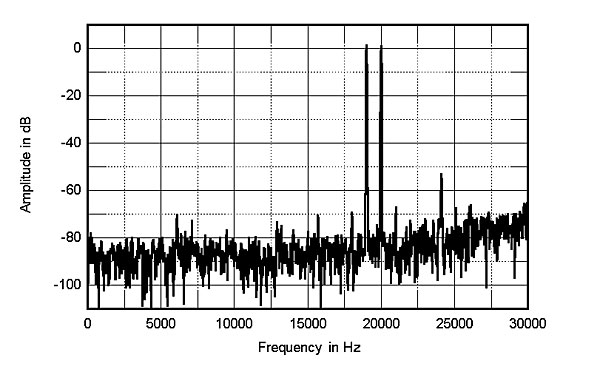
The RCD-965BX is non-inverting at its outputs, which had zero DC offset. Its output impedance measured 200 ohms from both channels.—Thomas J. Norton

Man, I hated to see him go. Couldn't you bring him back? Maybe put him on double secret probation and make him grow a beard as punishment?